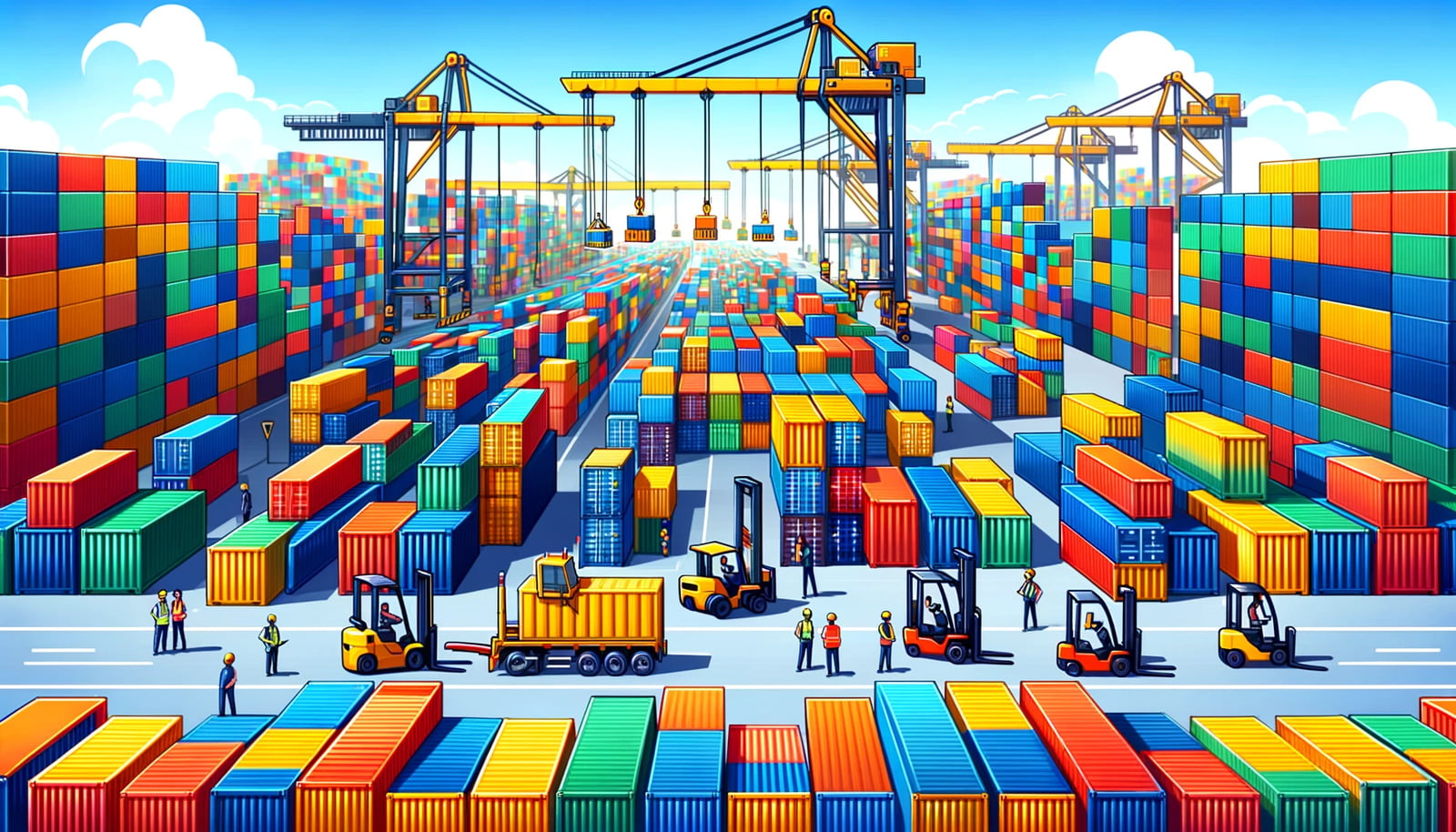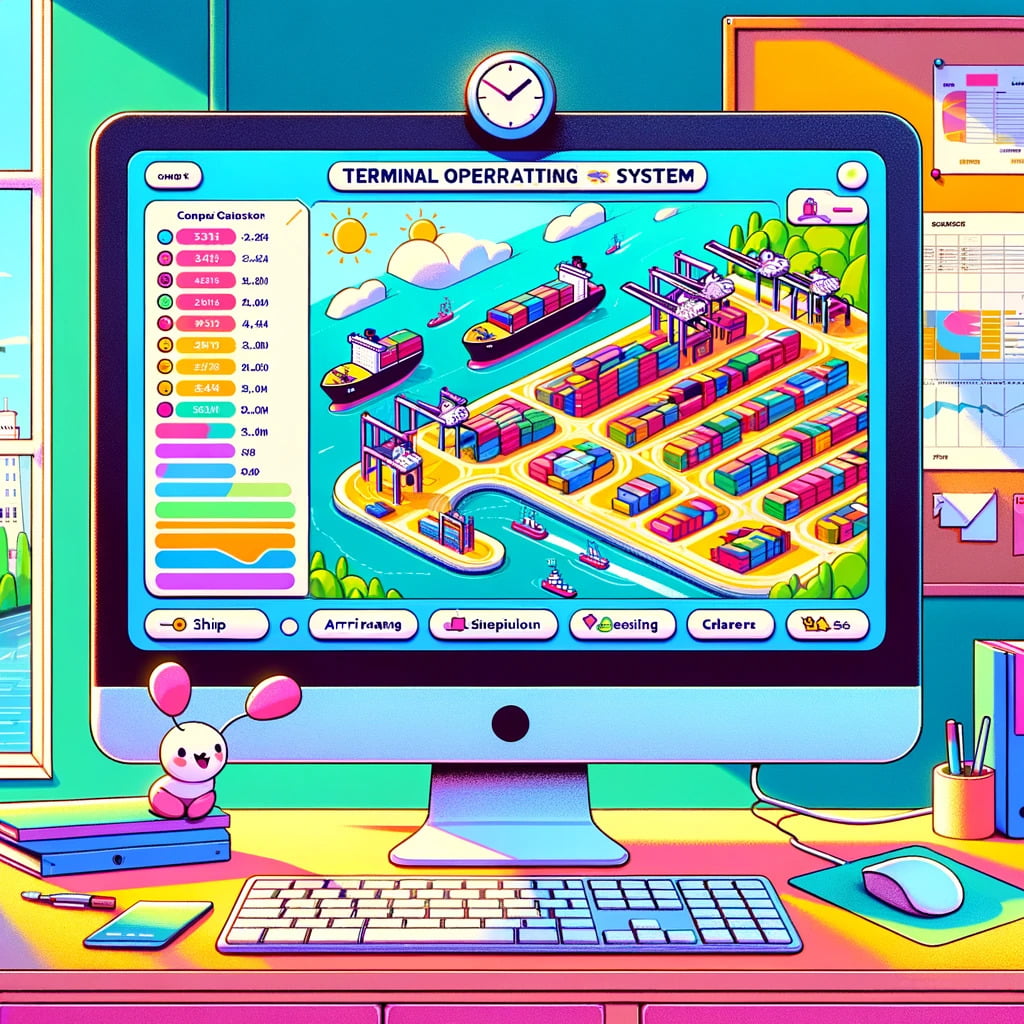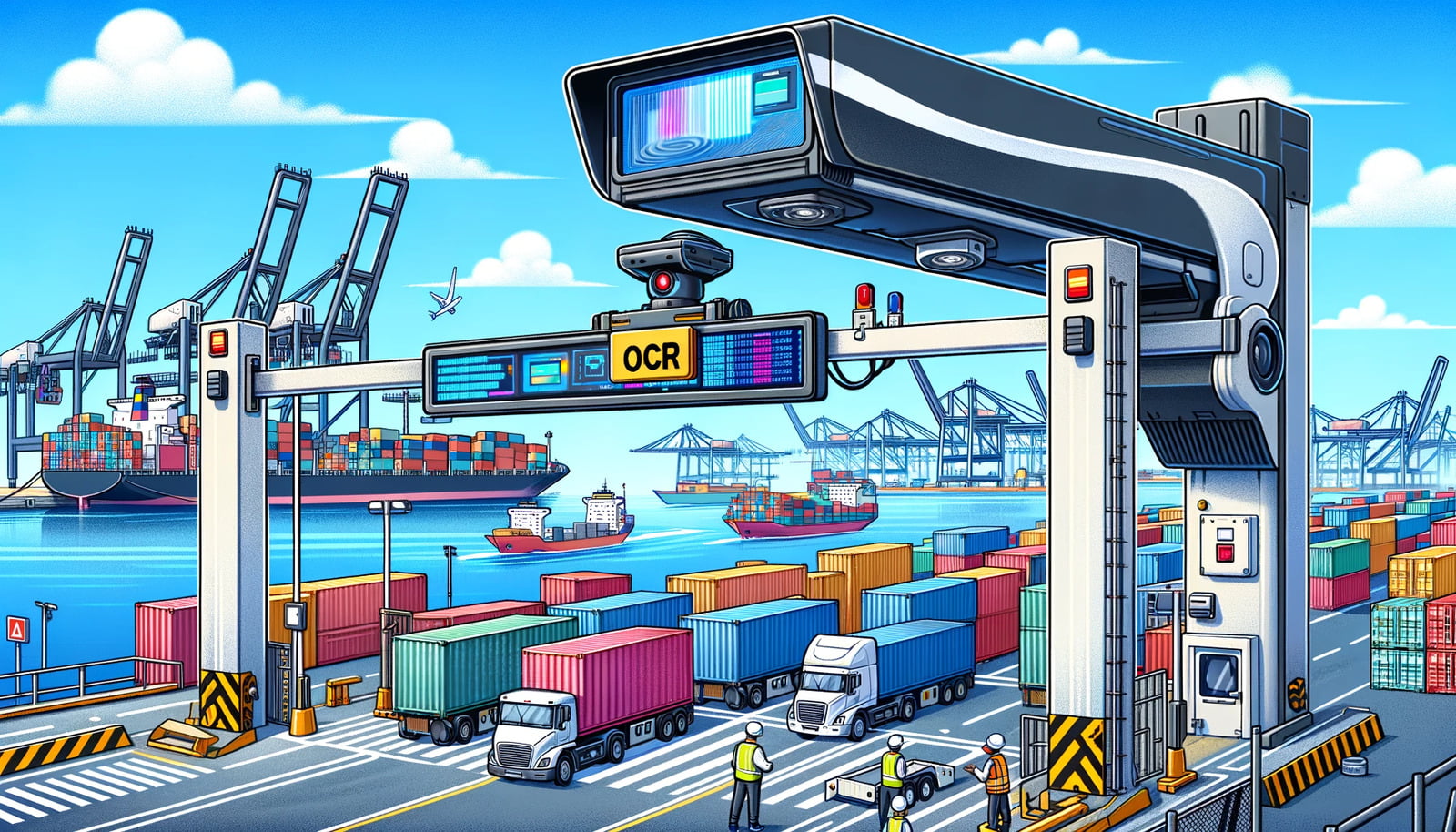
Ahoy, dear readers! In the vast and intricate world of global trade, port terminals stand as critical hubs, facilitating the movement of goods across continents and oceans. At the heart of these bustling nodes is the sophisticated process of monitoring and tracking shipping containers, a task that ensures the seamless flow of commerce and the timely delivery of goods. This article delves into the depths of how port terminals manage this colossal task, highlighting the technologies, strategies, and challenges involved in keeping the wheels of trade turning.
The Strategic Importance of Container Monitoring and Tracking.
The ability to efficiently monitor and track shipping containers is not just a logistical necessity; it's a cornerstone of global economic stability. In an era where supply chains have become increasingly complex and interconnected, the role of port terminals has evolved from mere points of transit to critical centers of information and resource management. This shift has placed a premium on advanced tracking systems that can accommodate the high volume of containers, mitigate delays, and enhance security measures.

Technological Backbone of Container Tracking.
The tracking and monitoring of containers at port terminals are underpinned by a variety of technologies, each serving a specific function in the larger logistical orchestra. These technologies collectively ensure that every container, from its arrival to its departure, is accounted for and efficiently managed.
The tracking and monitoring of containers at port terminals are underpinned by a variety of technologies, each serving a specific function in the larger logistical orchestra. These technologies collectively ensure that every container, from its arrival to its departure, is accounted for and efficiently managed.
- Terminal Operating Systems (TOS): At the core of terminal operations is the Terminal Operating System (TOS), which acts as the central nervous system of the port. TOS integrates all data related to container tracking, including arrival schedules, storage locations, and movement within the terminal. This software platform enables operators to allocate resources effectively, plan container stacking strategies, and schedule loading and unloading operations with precision.
- Automated Identification Systems (AIS): For maritime tracking, the Automated Identification System (AIS) provides real-time data on vessels approaching the terminal. AIS helps in predicting ship arrivals, planning berth allocations, and preparing for container handling, significantly reducing waiting times and improving throughput.
- Radio Frequency Identification (RFID) and Barcode Scanning: RFID tags and barcodes are essential for tracking containers as they move through different stages of terminal operations. These technologies allow for the automatic identification of containers, facilitating faster processing at entry and exit points and reducing manual errors. RFID, in particular, offers the advantage of reading multiple tags simultaneously, enhancing efficiency in container inventory management.
- Optical Character Recognition (OCR) Systems: OCR technology automates the recognition of container numbers and other markings as containers pass through gates and are handled by cranes. This technology streamlines operations, improves data accuracy, and aids in the swift identification and sorting of containers.
- GPS Tracking and IoT Devices: For high-value or sensitive cargoes, containers may be equipped with GPS trackers or Internet of Things (IoT) devices. These tools offer real-time monitoring of container locations and conditions, such as temperature and humidity, providing invaluable data for logistics planning and risk management.

The Challenge of Integration and Data Management.
While the deployment of these technologies has transformed terminal operations, the integration of data across different systems poses a significant challenge. Port terminals must manage vast amounts of data from diverse sources, requiring sophisticated data analysis and management tools. The use of advanced analytics, AI, and machine learning algorithms is increasingly critical for interpreting this data, predicting operational bottlenecks, and optimizing container flows.
Security and Compliance: A Top Priority.
While the deployment of these technologies has transformed terminal operations, the integration of data across different systems poses a significant challenge. Port terminals must manage vast amounts of data from diverse sources, requiring sophisticated data analysis and management tools. The use of advanced analytics, AI, and machine learning algorithms is increasingly critical for interpreting this data, predicting operational bottlenecks, and optimizing container flows.
Security and Compliance: A Top Priority.
In the context of global trade, security and compliance with international regulations are paramount. Port terminals employ comprehensive tracking to ensure the integrity of cargo, prevent theft, and comply with customs regulations. Advanced tracking technologies play a crucial role in detecting irregularities, facilitating inspections, and ensuring that all containers are accounted for.
The Future of Container Tracking.
In the context of global trade, security and compliance with international regulations are paramount. Port terminals employ comprehensive tracking to ensure the integrity of cargo, prevent theft, and comply with customs regulations. Advanced tracking technologies play a crucial role in detecting irregularities, facilitating inspections, and ensuring that all containers are accounted for.
The Future of Container Tracking.
As the global trade landscape continues to evolve, so will the technologies and strategies for container tracking at port terminals. Innovations such as blockchain for secure data sharing, autonomous vehicles for container movement, and advanced predictive analytics for operational planning are on the horizon. These advancements promise to further enhance the efficiency, security, and resilience of port terminal operations.
As the global trade landscape continues to evolve, so will the technologies and strategies for container tracking at port terminals. Innovations such as blockchain for secure data sharing, autonomous vehicles for container movement, and advanced predictive analytics for operational planning are on the horizon. These advancements promise to further enhance the efficiency, security, and resilience of port terminal operations.


